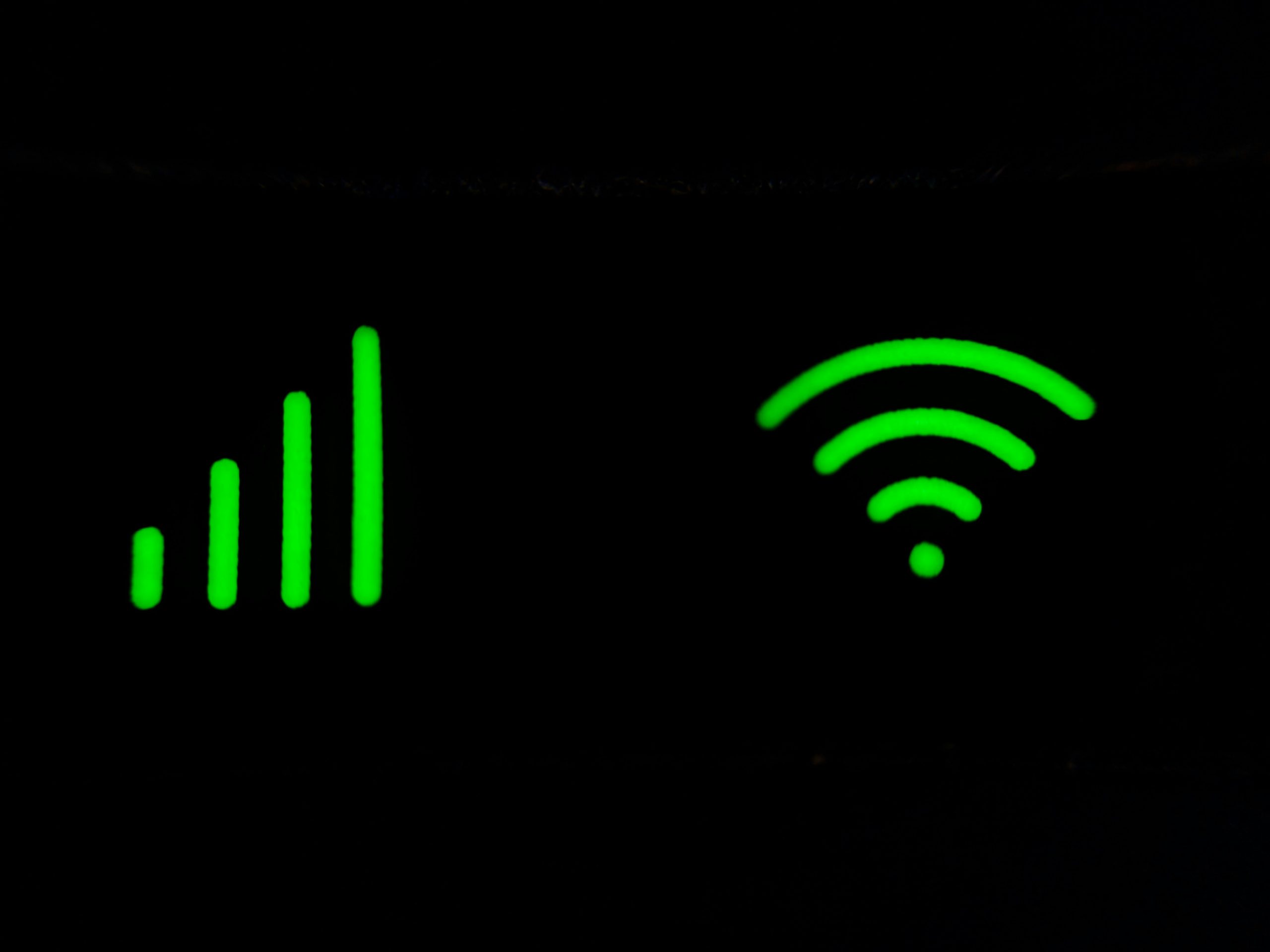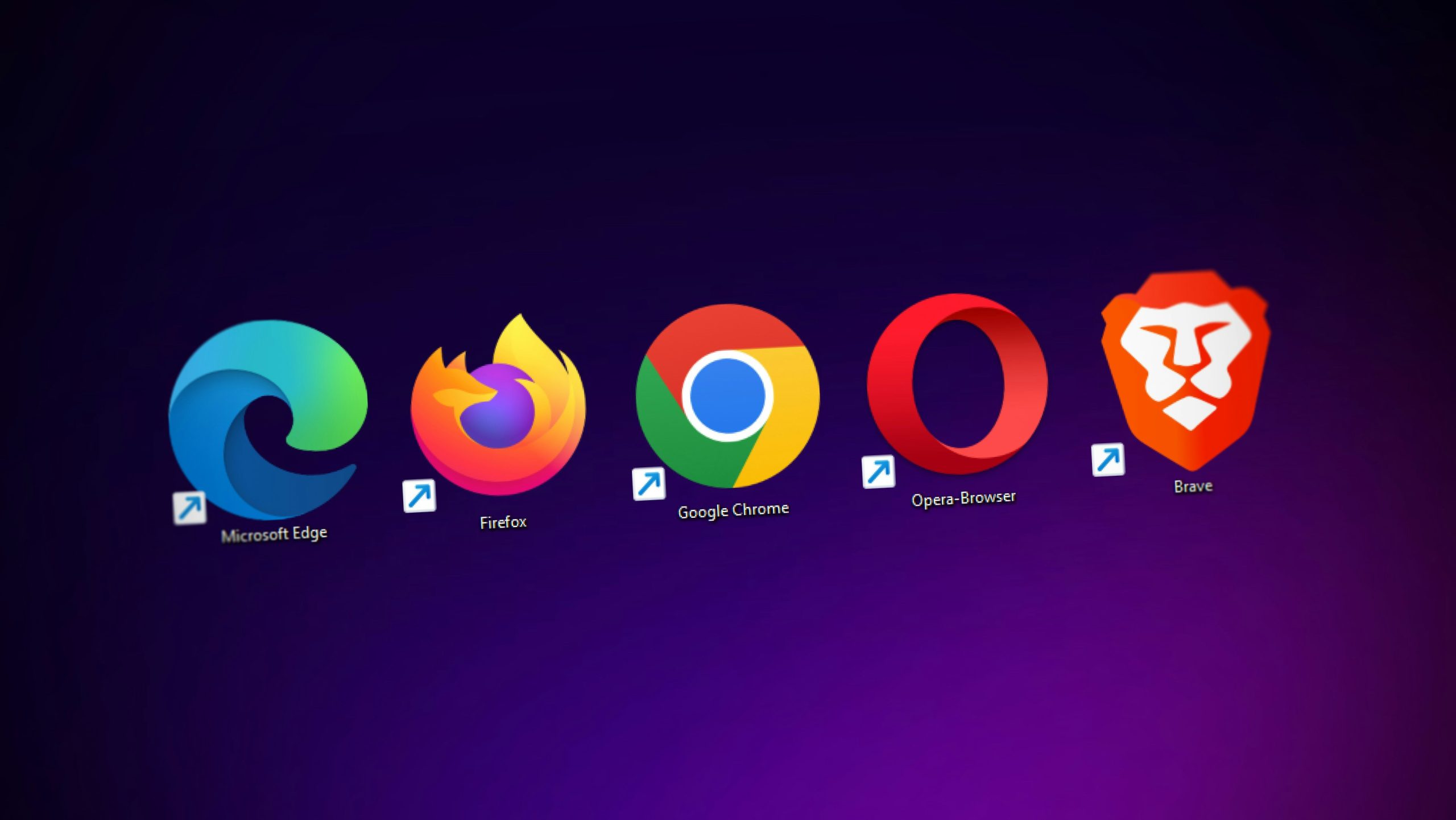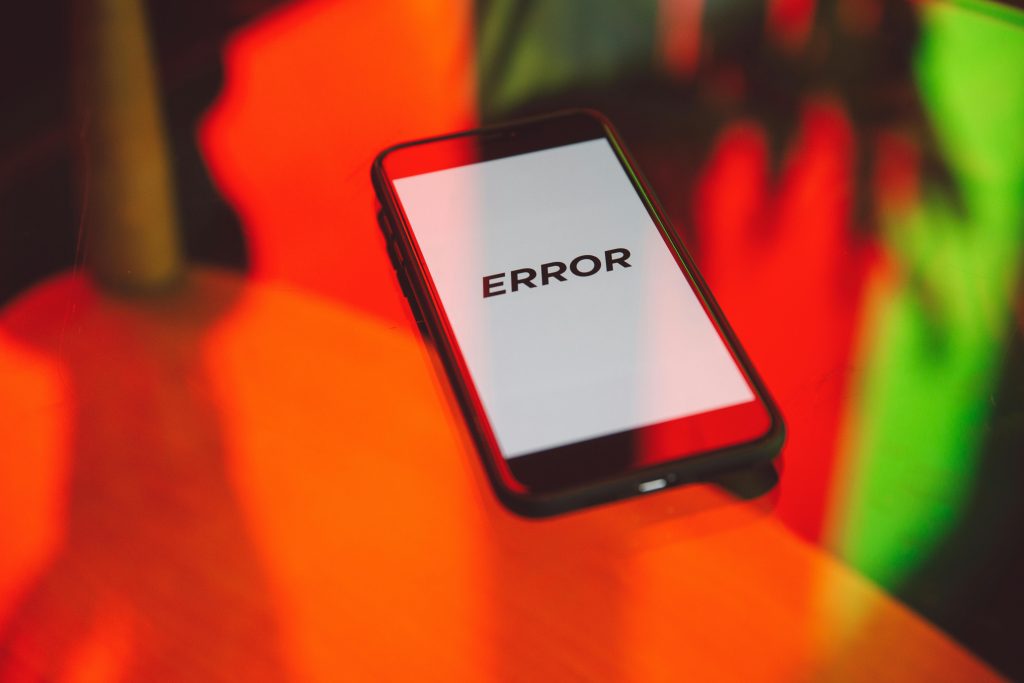Are you tired of encountering the frustrating 502 Bad Gateway error on your website, courtesy of Cloudflare? Fear not, as we have the ultimate guide to swiftly fix this pesky issue and get your site back up and running in no time! Picture this: you’re diligently working on your website, making important updates or engaging with your audience when suddenly, out of nowhere, the dreaded 502 Bad Gateway error pops up. It’s like hitting a roadblock in the middle of a smooth journey. But fret not, for we are here to equip you with quick and effective solutions to resolve this nuisance without breaking a sweat. So buckle up and get ready to bid adieu to the Cloudflare 502 Bad Gateway error once and for all!
Introduction: Understanding the 502 Bad Gateway Error
The 502 Bad Gateway Error is a frustrating hurdle that many internet users encounter. This error typically occurs when a server acting as a gateway receives an invalid response from another server further up the chain. In simpler terms, it’s like trying to visit a friend’s house but finding the street blocked due to construction – you can’t reach your destination.
Understanding this error is crucial for website owners and IT professionals as it provides insights into how data travels between servers and helps pinpoint the source of the issue. While encountering the 502 Bad Gateway Error may cause momentary panic, approaching it with curiosity and problem-solving skills can lead to effective troubleshooting strategies. By delving into the technical details behind this error, individuals can gain a deeper appreciation for how interconnected systems work together to deliver digital content seamlessly.

Check Your Internet Connection
Upon encountering a 502 Bad Gateway error, the first step is often to check your internet connection. This seemingly basic troubleshooting step can sometimes be overlooked in the rush to fix a technical issue. However, ensuring you have a stable and strong internet connection is crucial for resolving this error.
A weak or intermittent connection can lead to communication issues between your browser and the server, resulting in gateway errors like the 502 status code. So before delving into complex solutions, take a moment to verify that your internet connection is functioning optimally. You may want to try refreshing the webpage or accessing other websites to confirm whether it’s an isolated problem related to connectivity. Remember, a solid foundation of reliable internet access can go a long way in preventing and resolving common web errors like the 502 Bad Gateway.
Refresh the Page
Sometimes, amidst the chaos of troubleshooting a 502 Bad Gateway error on Cloudflare, a simple action can make all the difference – refreshing the page. It sounds overly simplistic and almost too easy, but hitting that refresh button could be the key to resolving this pesky issue. By refreshing the page, you prompt your browser to request fresh data from the server, potentially bypassing any temporary glitches or network issues that caused the error in the first place.
Moreover, refreshing the page not only allows for a quick reload of content but also triggers a new connection attempt between your browser and Cloudflare’s servers. This fresh start can sometimes clear out any cached information or broken connections that were causing disruptions. So next time you encounter a 502 Bad Gateway error on Cloudflare, don’t hesitate to hit that refresh button – you might just find yourself back on track without much hassle.

Clear Browser Cache and Cookies
Clearing your browser cache and cookies is a simple yet effective way to troubleshoot the frustrating 502 Bad Gateway Cloudflare error. These stored files can sometimes become corrupted or outdated, causing conflicts with the website you’re trying to access. By clearing them, you’re essentially wiping the slate clean and allowing your browser to fetch fresh data from the server.
Moreover, this process can also enhance your browsing experience by improving loading times and ensuring that you’re viewing the most up-to-date version of a website. Remember that cache and cookies are there to improve user experience, but sometimes they can backfire when not properly managed. Taking a few moments to regularly clear them can help prevent errors like 502 Bad Gateway from interrupting your online activities. So, next time you encounter this issue, don’t forget to give your browser’s cache and cookies a quick refresh – it might just be the solution you need!

Disable VPN or Proxy Servers
When troubleshooting a 502 Bad Gateway error on Cloudflare, one often overlooked step is checking for VPN or proxy servers that might be causing the issue. While VPNs and proxies are great tools for privacy and security, they can sometimes interfere with your connection to websites by altering your IP address. Disabling these services temporarily can help you determine if they are the root cause of the 502 error.
Additionally, using a VPN or proxy located in a different country than the server you are trying to access can introduce latency and connectivity issues, leading to gateway errors. By disabling these services while troubleshooting the Cloudflare error, you can ensure that your connection is direct without any unnecessary intermediaries. Remember to re-enable them after resolving the error to maintain your desired online privacy and security measures.
Contact Website Administrator for Assistance
If you’ve tried all the recommended steps to fix a 502 Bad Gateway error on Cloudflare and you’re still facing issues, it might be time to reach out to the website administrator for assistance. While troubleshooting on your end is crucial, sometimes the problem lies beyond your control and requires professional intervention.
Contacting the website administrator can provide valuable insights into what exactly is causing the error and how it can be resolved. They may have access to additional tools or settings that could help pinpoint the issue quickly and effectively. Don’t hesitate to seek their expertise in tackling this error head-on for a seamless browsing experience.
Verify Cloudflare Configuration Settings
As a website owner or developer, ensuring your Cloudflare configuration settings are optimized is crucial in preventing 502 Bad Gateway errors. One key step in verifying your Cloudflare settings is to check the DNS records for any discrepancies or misconfigurations. By confirming that your domain’s DNS entries point to the correct IP addresses and that all necessary subdomains are properly configured, you can significantly reduce the likelihood of encountering this common error.
Additionally, it is important to review your SSL/TLS encryption settings within Cloudflare to ensure they align with your origin server’s security protocols. Misconfigured SSL settings can lead to handshake failures and result in a 502 error being displayed to visitors. By verifying that both Cloudflare and your server are using compatible encryption methods, you can maintain a secure connection between the two systems and minimize potential issues that may trigger gateway errors.
Conclusion: Troubleshooting steps to resolve error
In conclusion, encountering a 502 Bad Gateway Cloudflare error can be frustrating, but there are several troubleshooting steps you can take to resolve the issue quickly. Firstly, check if the origin server is reachable and functioning properly by verifying its status and configuration settings. Next, inspect your DNS settings to ensure they are correctly pointing to the right IP address. Additionally, clearing your browser cache or trying another web browser could help eliminate any local issues causing the error.
Moreover, considering disabling any recently added plugins or extensions that might be conflicting with Cloudflare’s services. It’s also advisable to reach out to your hosting provider or website developer for assistance if these steps do not resolve the error promptly. By being proactive in identifying and addressing potential causes of the 502 Bad Gateway Cloudflare error, you can minimize downtime and ensure a smoother user experience for visitors accessing your website.


